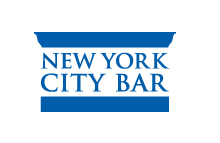In some defectives cars, water from the air conditioning condenser unit housing could leak onto the airbag control module and cause a short circuit, resulting in illumination of the airbag warning light. In some instances, the air bag(s) could become disabled or could inadvertently deploy and may cause accidents. In some cases the issue may also affect the steering system.
The recalled models are 803,000 Model Year 2012-2013 Camry, Camry Hybrid, Avalon, Avalon Hybrid, and Venza vehicles. Vehicle owners will be contacted directly by the company for a free repair.
For more info check the Toyota Newsroom
 New York Personal Injury Attorneys Blog
New York Personal Injury Attorneys Blog



 Because of a
Because of a  Our partner,
Our partner, 

 Our managing partner,
Our managing partner, 